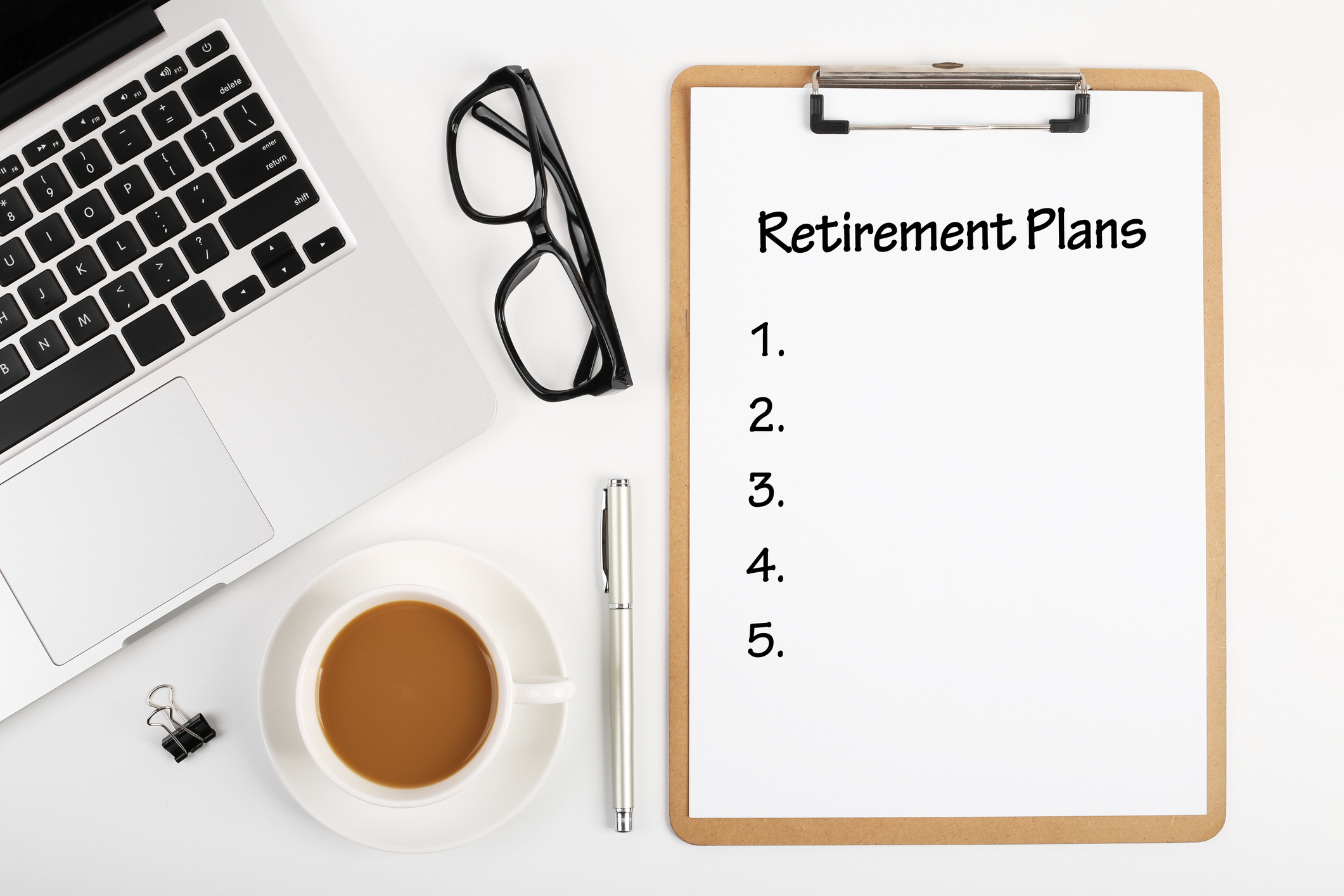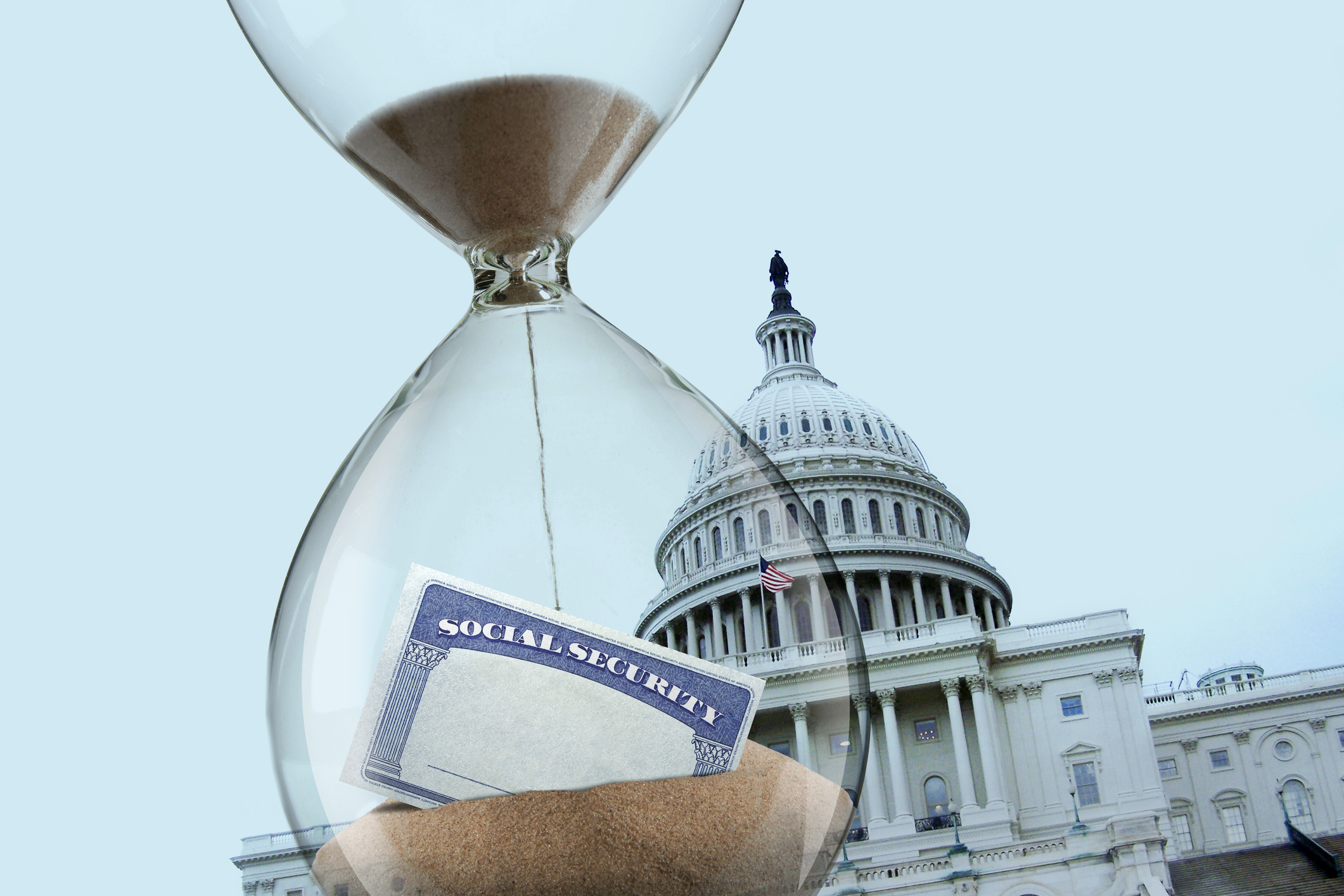401(k) Hardship Withdrawals for Home Repairs
You may be able to take money out of your account to cover the costs of fixing your house after a storm, but be aware of the disadvantages of doing this.

My house was damaged in a big storm, and I need to make major repairs, some of which won’t be covered by homeowners insurance. Most of my savings are in my 401(k). Can I withdraw money from the account to cover the costs?
You generally can’t withdraw money from a 401(k) until you leave your job. But because you need the cash for home repairs caused by storm damage, you may qualify for a hardship withdrawal. The rules for hardship withdrawals vary widely from plan to plan. Some plans don’t allow them at all. Others let you take up to the amount you have contributed if you need the money to satisfy a "heavy and immediate financial need," according to the IRS, for major expenses, such as home repairs resulting from a casualty loss (which includes storms, fires and floods), a home purchase or uninsured medical expenses. Your employer may require documentation of the cost.
There are disadvantages to most hardship withdrawals. Not only are you drawing down retirement savings, but unless the money comes from a Roth 401(k), it will be fully taxed in your top tax bracket and you will owe a 10% early-withdrawal penalty if you are younger than 59½. In most cases, you must stop making new 401(k) contributions for up to six months after taking out the money (that requirement was waived for Hurricane Sandy victims).
From just $107.88 $24.99 for Kiplinger Personal Finance
Become a smarter, better informed investor. Subscribe from just $107.88 $24.99, plus get up to 4 Special Issues

Sign up for Kiplinger’s Free Newsletters
Profit and prosper with the best of expert advice on investing, taxes, retirement, personal finance and more - straight to your e-mail.
Profit and prosper with the best of expert advice - straight to your e-mail.
Instead, take a 401(k) loan. Generally, you can borrow 50% of your balance, up to $50,000, for any reason without taxes or penalty, and you have five years to repay the loan. The interest goes back into your account. One caveat: If you leave or lose your job, you usually have just 60 to 90 days to repay the loan or it will be taxed and subject to a 10% penalty if you are younger than 55.
For more information about sources of financial help after a natural disaster (both for damages that are covered by insurance and those that are not), see 8 Steps to Help Get Your Hurricane Claim Paid Quickly.
Profit and prosper with the best of Kiplinger's advice on investing, taxes, retirement, personal finance and much more. Delivered daily. Enter your email in the box and click Sign Me Up.

As the "Ask Kim" columnist for Kiplinger's Personal Finance, Lankford receives hundreds of personal finance questions from readers every month. She is the author of Rescue Your Financial Life (McGraw-Hill, 2003), The Insurance Maze: How You Can Save Money on Insurance -- and Still Get the Coverage You Need (Kaplan, 2006), Kiplinger's Ask Kim for Money Smart Solutions (Kaplan, 2007) and The Kiplinger/BBB Personal Finance Guide for Military Families. She is frequently featured as a financial expert on television and radio, including NBC's Today Show, CNN, CNBC and National Public Radio.
-
 Are You Afraid of an IRS Audit? 8 Ways to Beat Tax Audit Anxiety
Are You Afraid of an IRS Audit? 8 Ways to Beat Tax Audit AnxietyTax Season Tax audit anxiety is like a wild beast. Here’s how you can help tame it.
-
 The Kiplinger Letter's 10 Forecasts for 2026
The Kiplinger Letter's 10 Forecasts for 2026The Kiplinger Letter Here are some of the biggest events and trends in economics, politics and tech that will shape the new year.
-
 We're retired and mortgage-free, but he wants to downsize.
We're retired and mortgage-free, but he wants to downsize.We've paid off our mortgage, have $970K in savings and $5K each month from Social Security. Kiplinger asked wealth planners for advice.
-
 New 2026 Tax Change Could Mean More for Your IRA and 401(k) Savings
New 2026 Tax Change Could Mean More for Your IRA and 401(k) SavingsRetirement Savings Here's how the new IRS inflation adjustments will increase the contribution limits for your 401(k) and IRA in the new year.
-
 10 Retirement Tax Plan Moves to Make Before December 31
10 Retirement Tax Plan Moves to Make Before December 31Retirement Taxes Proactively reviewing your health coverage, RMDs and IRAs can lower retirement taxes in 2025 and 2026. Here’s how.
-
 Claiming the Standard Deduction? Here Are Five Tax Breaks for Retirement in 2025
Claiming the Standard Deduction? Here Are Five Tax Breaks for Retirement in 2025Tax Tips If you’re retired and filing taxes, these five tax credits and deductions could provide thousands in relief (if you qualify).
-
 IRS Names Its First CEO: But He’s Also Still Running Social Security
IRS Names Its First CEO: But He’s Also Still Running Social SecurityTax News Will this new role make it difficult to address emerging issues like budget and staffing cuts and customer service concerns?
-
 IRS Phasing Out Paper Checks: What Happens After September 30?
IRS Phasing Out Paper Checks: What Happens After September 30?Tax Changes Avoid delays when IRS tax refunds and Social Security paper checks are cut off. Here’s what to know.
-
 Ask the Editor, September 12: Tax Questions on 529 Plan Rollovers to a Roth IRA
Ask the Editor, September 12: Tax Questions on 529 Plan Rollovers to a Roth IRAAsk the Editor In this week's Ask the Editor Q&A, we answer four questions from readers on transferring 529 plan money to a Roth IRA.
-
 Ask the Editor, August 29: Tax Questions on Estate and Gift Taxes
Ask the Editor, August 29: Tax Questions on Estate and Gift TaxesAsk the Editor In this week's Ask the Editor Q&A, we answer questions from readers on estate and gift taxes.
-
 Will You Get a ‘Surprise’ Tax Bill on Your Social Security Benefits in Retirement?
Will You Get a ‘Surprise’ Tax Bill on Your Social Security Benefits in Retirement?Retirement Taxes Social Security benefit payments might land you in hot water when filing 2025 taxes — here are three reasons why.